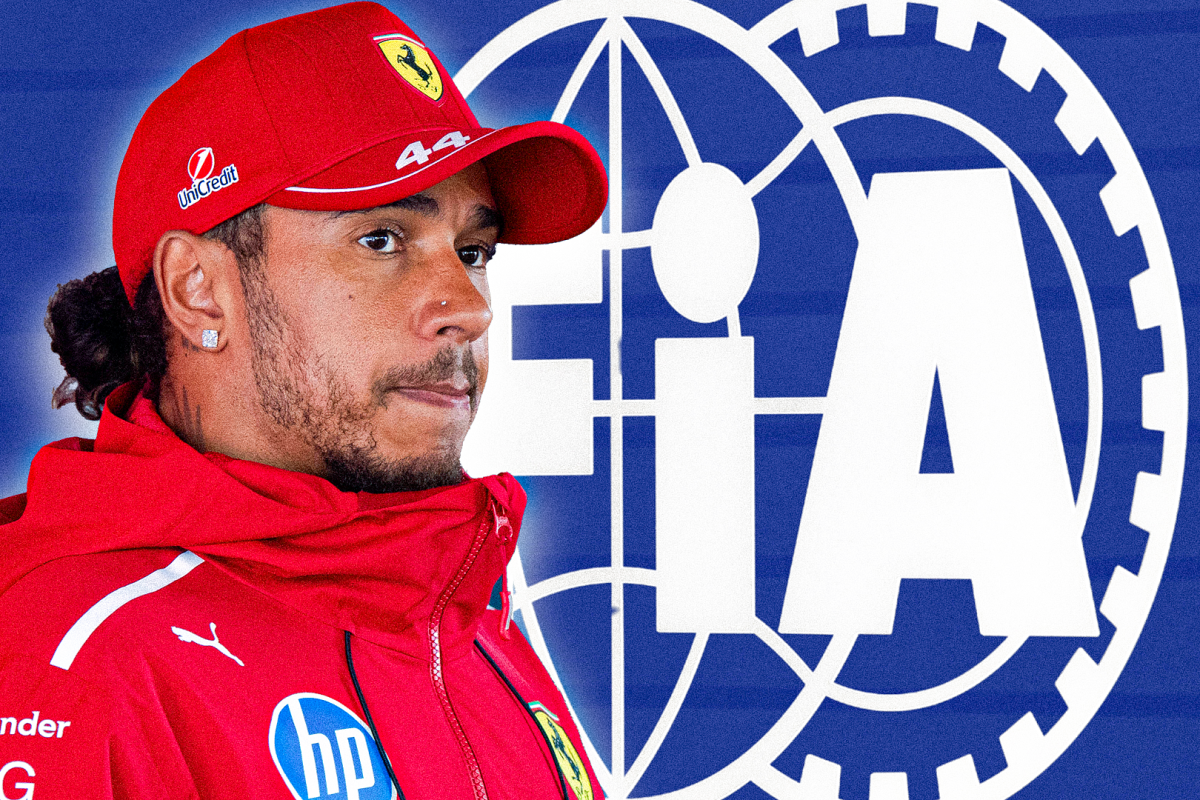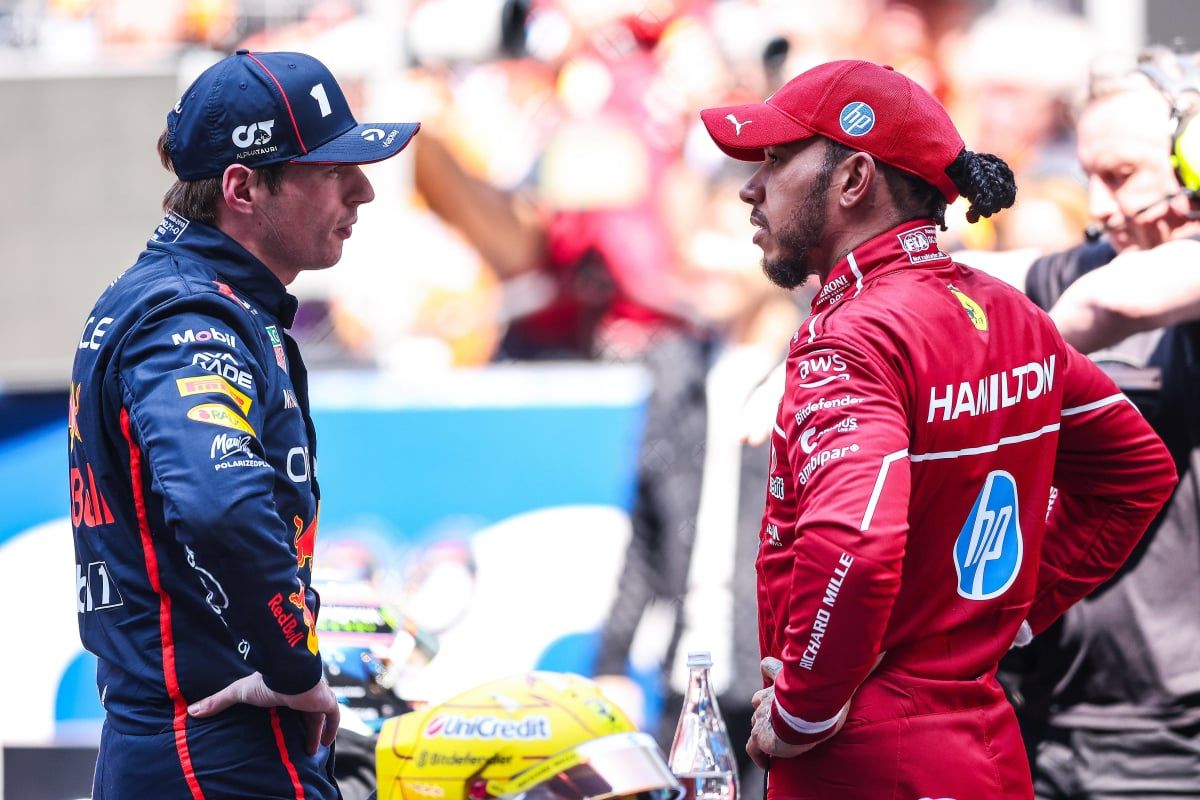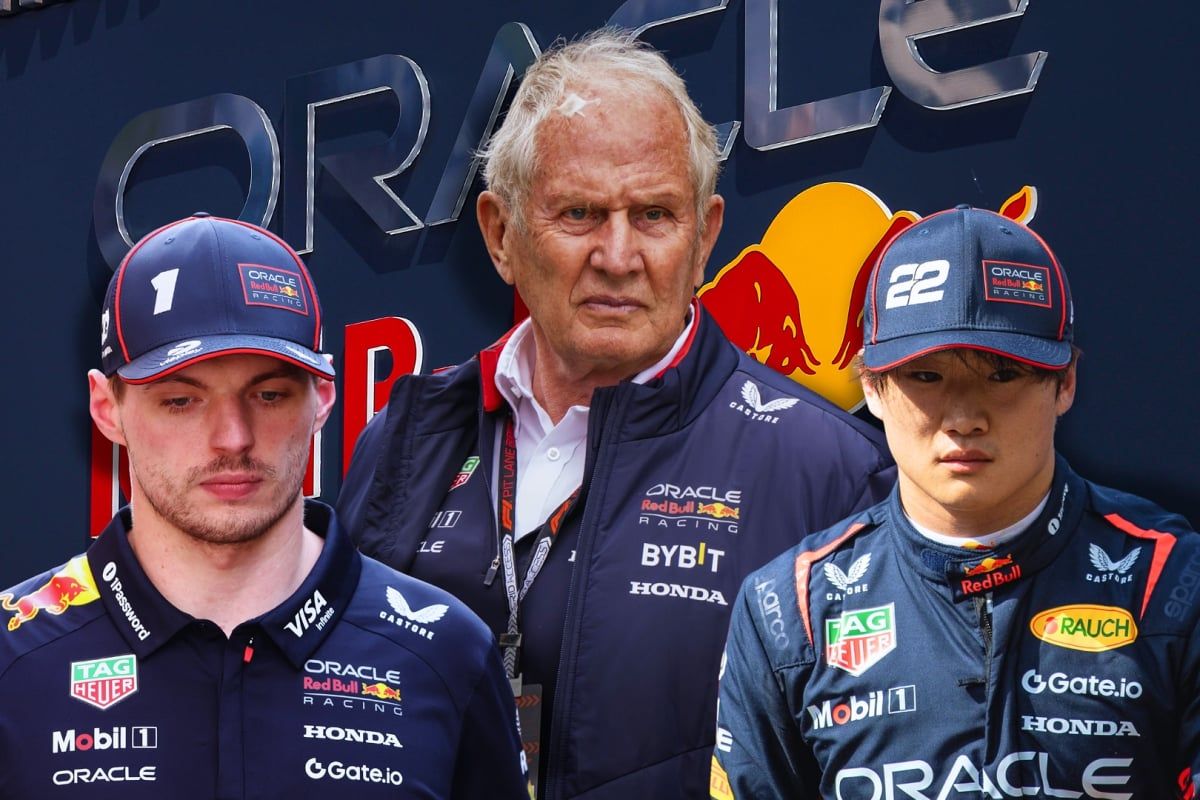Disaster Strikes George Russell: A Double Dose of Pit Lane Penalties Highlights F1’s U…. read more
George Russell, the Mercedes driver, experienced a frustrating start to the Canadian Grand Prix weekend, incurring a double penalty for exceeding the pit lane speed limit. This seemingly minor infraction, though resulting in relatively small fines, underscores the stringent regulatory environment governing Formula 1 and the FIA’s unwavering commitment to enforcing even the most seemingly insignificant rules. The incident serves as a stark reminder that in the meticulously controlled world of Grand Prix racing, even the smallest transgression can carry consequences.
The double penalty, a rare occurrence, paints a picture of Russell’s unfortunate weekend. While specific details regarding the exact speed infringements remain scarce, the fact that he accumulated two separate penalties indicates either two distinct instances of exceeding the permitted speed or a single, more significant breach registered as two separate violations by the timing systems. Regardless of the precise details, the outcome is the same: a financial penalty and a blemish on an otherwise promising weekend. The monetary amount of the fines, though likely modest in the context of a multi-million dollar racing operation, represents a symbolic punishment, highlighting the FIA’s zero-tolerance approach to rule-breaking.
Such pit lane speeding penalties are, in fact, commonplace throughout a Grand Prix weekend, particularly during practice sessions. The nature of practice sessions—a time for drivers to push limits, test car setups, and refine strategies—often leads to minor infractions. Drivers are constantly fine-tuning their systems, pushing the boundaries of performance, and learning the track. This process inherently increases the risk of exceeding the meticulously defined speed limit in the pit lane, a zone where safety and precision are paramount. The tighter confines of the pit lane, the presence of mechanics and other personnel, and the high-speed maneuvering of cars necessitate strict adherence to speed regulations. The Canadian Grand Prix, even before Russell’s double penalty, had already witnessed multiple drivers facing similar fines for exceeding the pit lane speed limit, illustrating the frequency of such infractions, particularly in the demanding and fast-paced environment of practice sessions.
The cumulative effect of these seemingly minor penalties reinforces the message of the FIA: the rules are the rules, and their enforcement is consistent and unwavering. There is no leniency granted for “minor” breaches; even the smallest transgression beyond the permitted speed triggers a penalty. This strict adherence to the regulations is essential for maintaining fairness and consistency within the sport, preventing any competitive advantage from being gained through non-compliance. While some might view the fines as disproportionate given the relatively minor speed excesses, the FIA’s stance is clear: the rules are designed to ensure safety and fair play, and they apply equally to all drivers, regardless of their standing or reputation. Russell’s double penalty, despite being perhaps unfortunate, exemplifies this unyielding commitment to regulatory compliance.
Beyond the immediate consequences for Russell, the incident serves as a crucial reminder to all drivers of the demanding precision required in Formula 1. Even seemingly insignificant details can have significant repercussions. The inherent risk of exceeding the pit lane speed limit underscores the importance of meticulous preparation, concentration, and adherence to the regulations. The relentless pursuit of performance cannot come at the expense of regulatory compliance, a lesson that Russell, and indeed all drivers, must continually reinforce. Ultimately, the double penalty, while disruptive to Russell’s weekend, serves as a powerful illustration of the unwavering regulatory framework that governs the fiercely competitive and technically demanding world of Formula 1.




